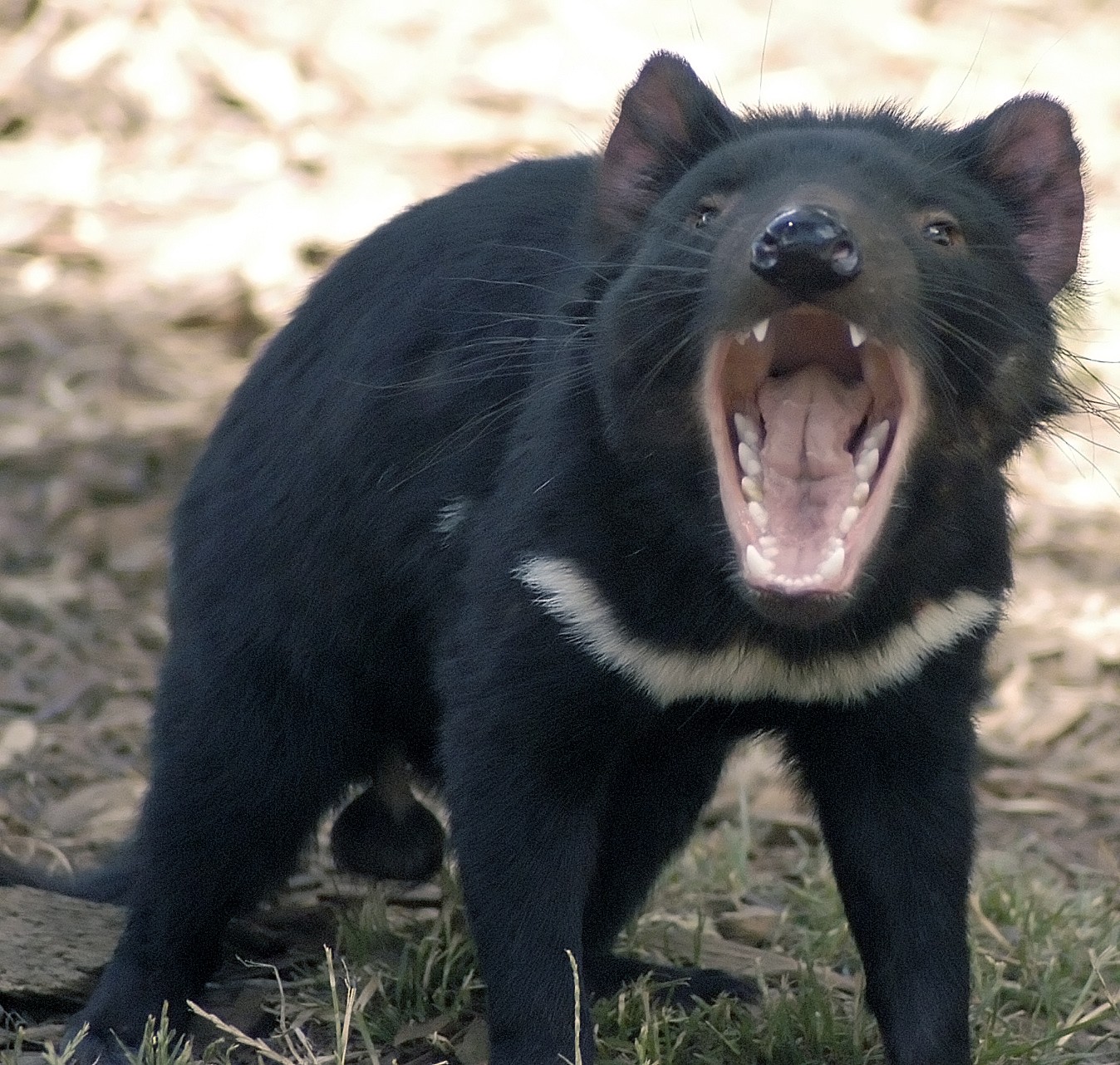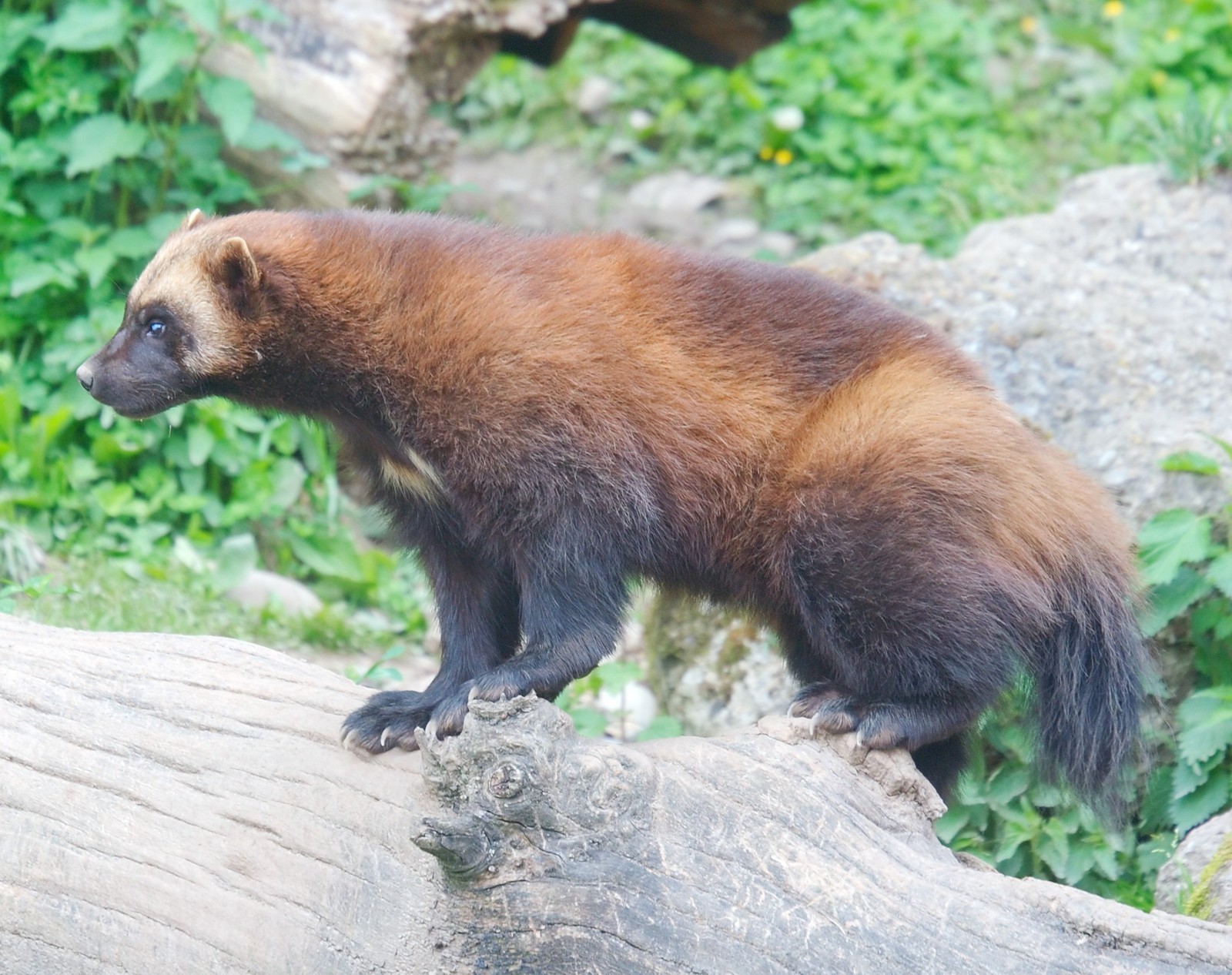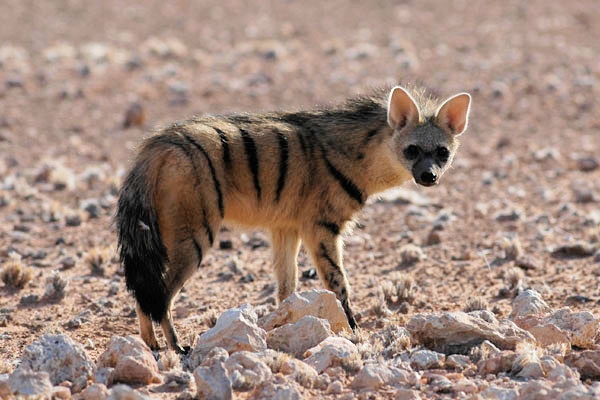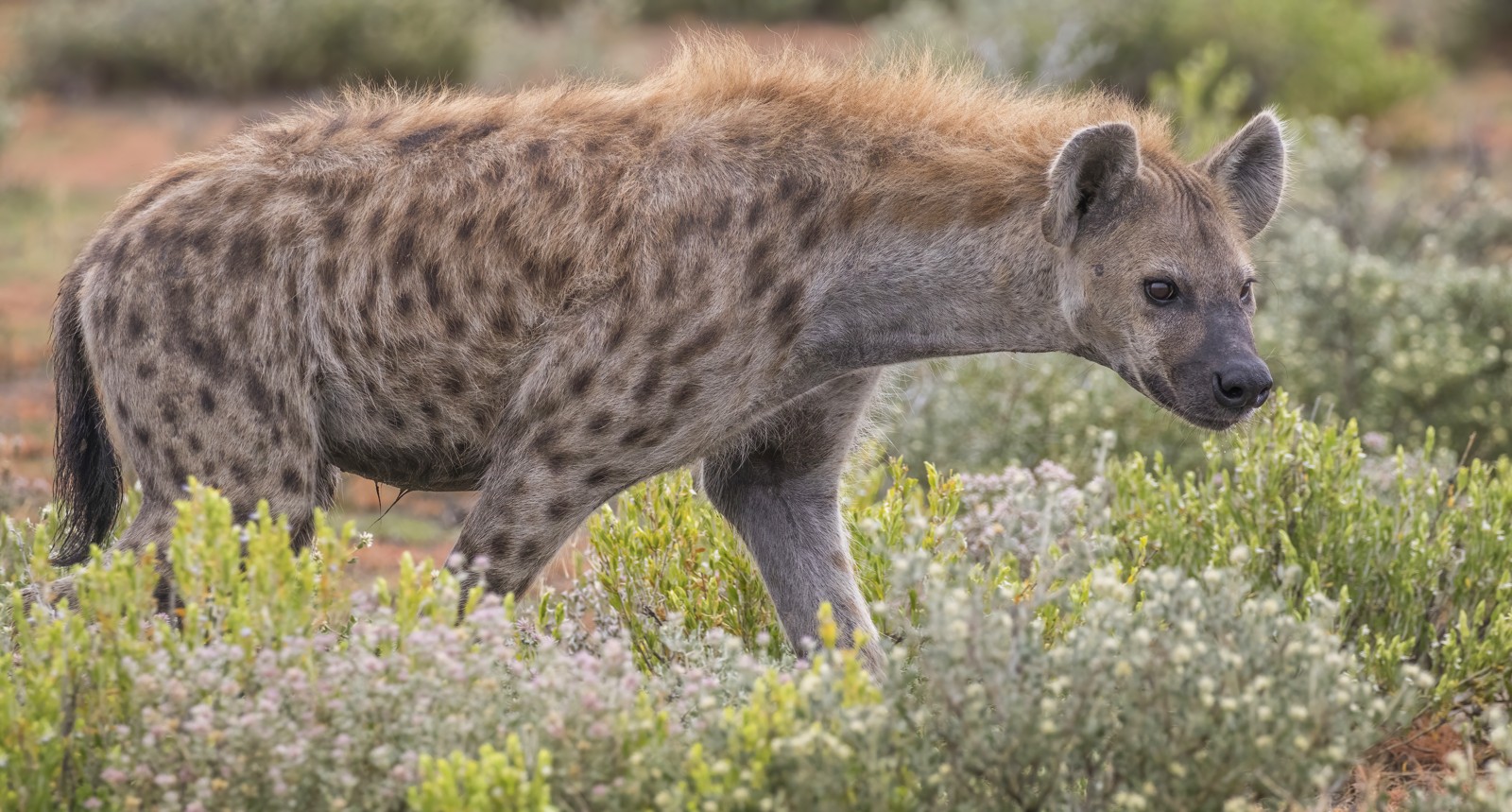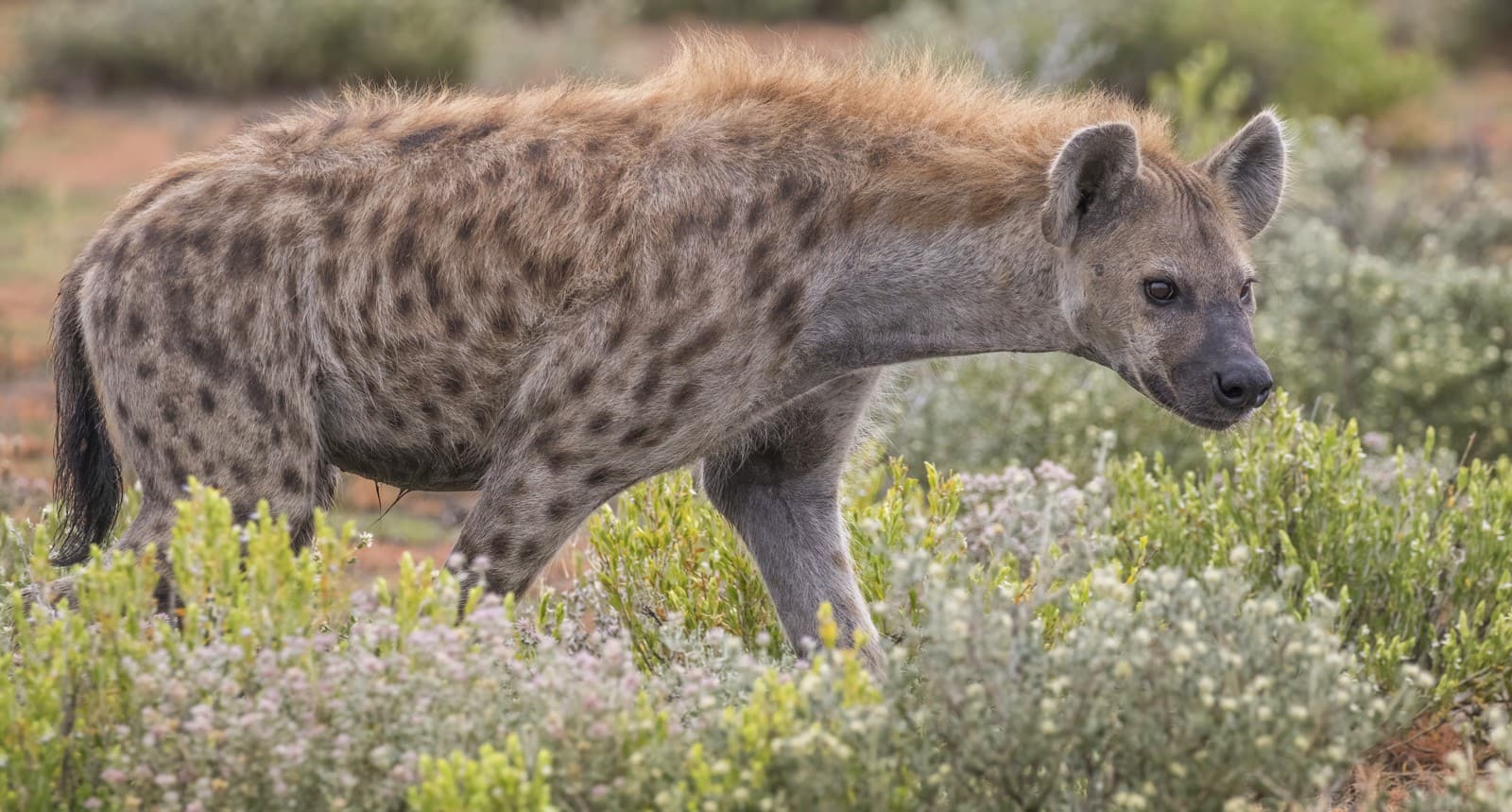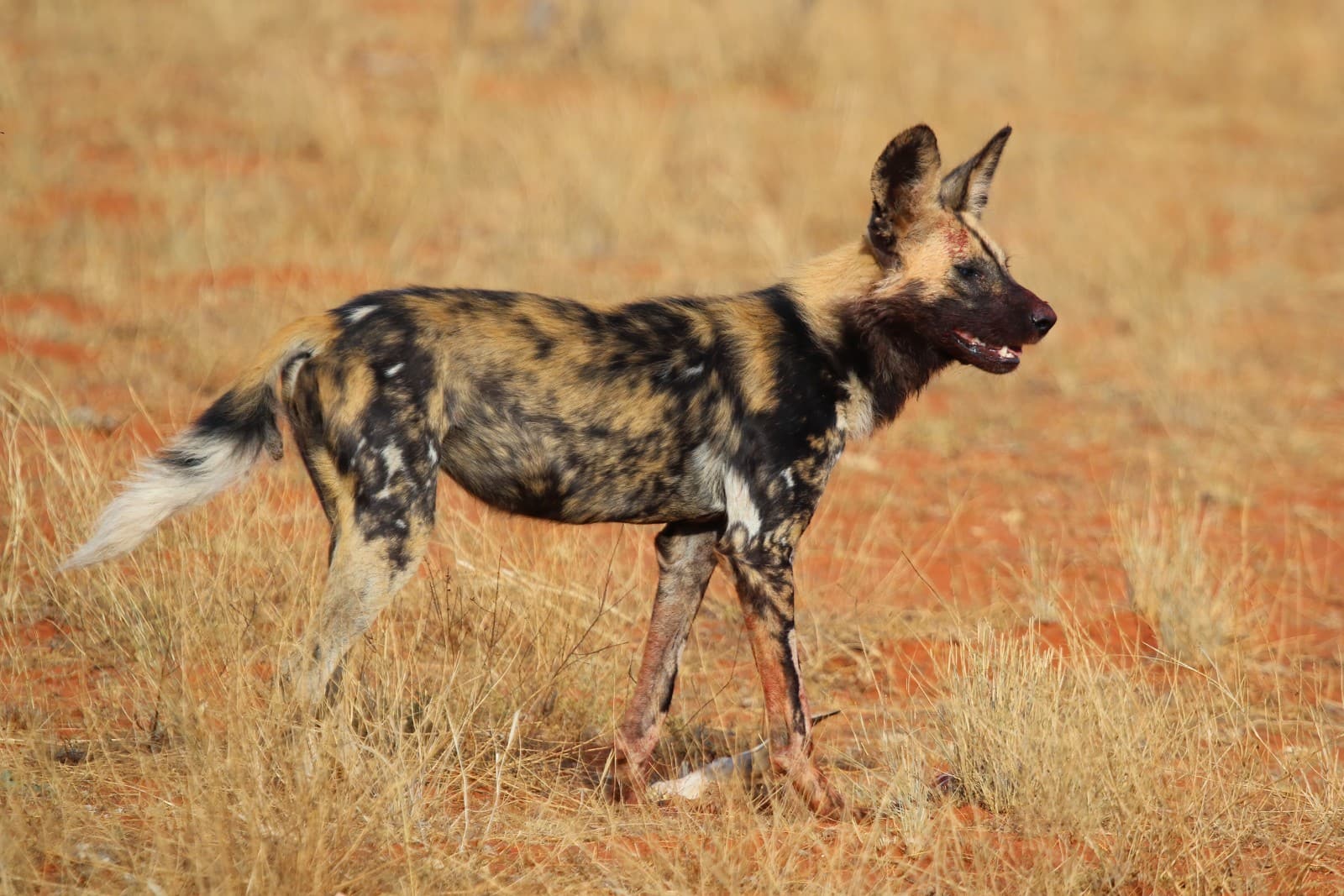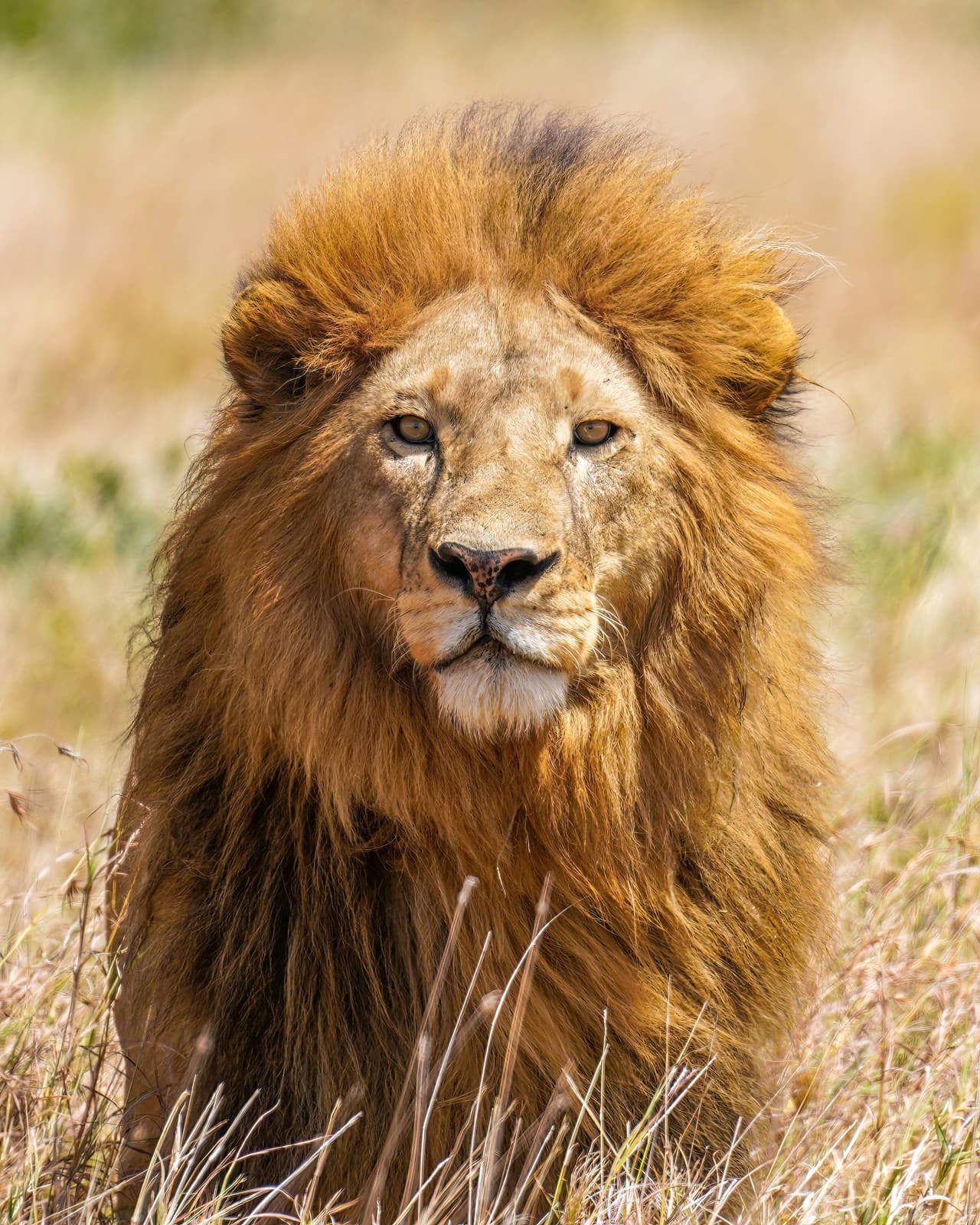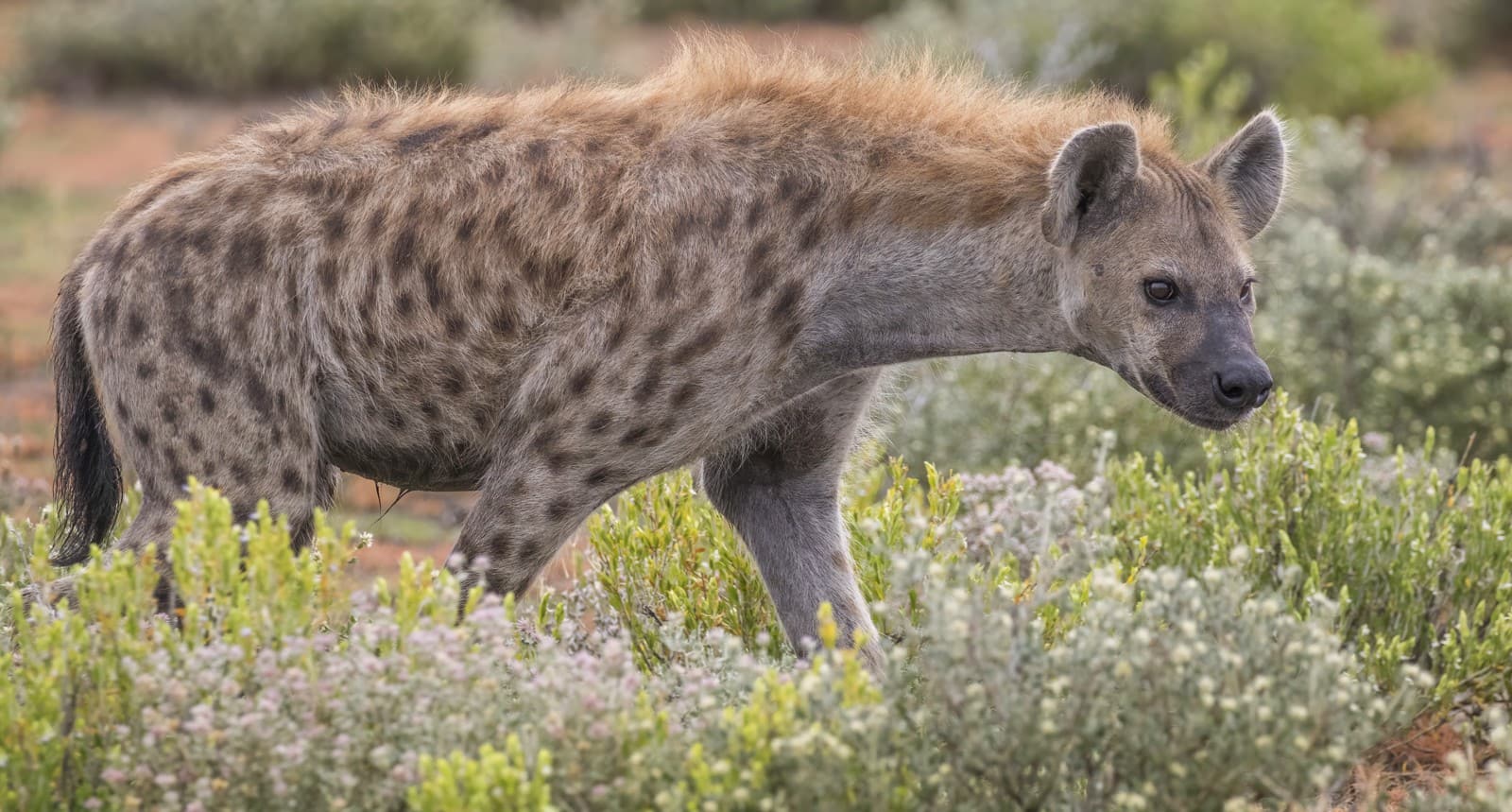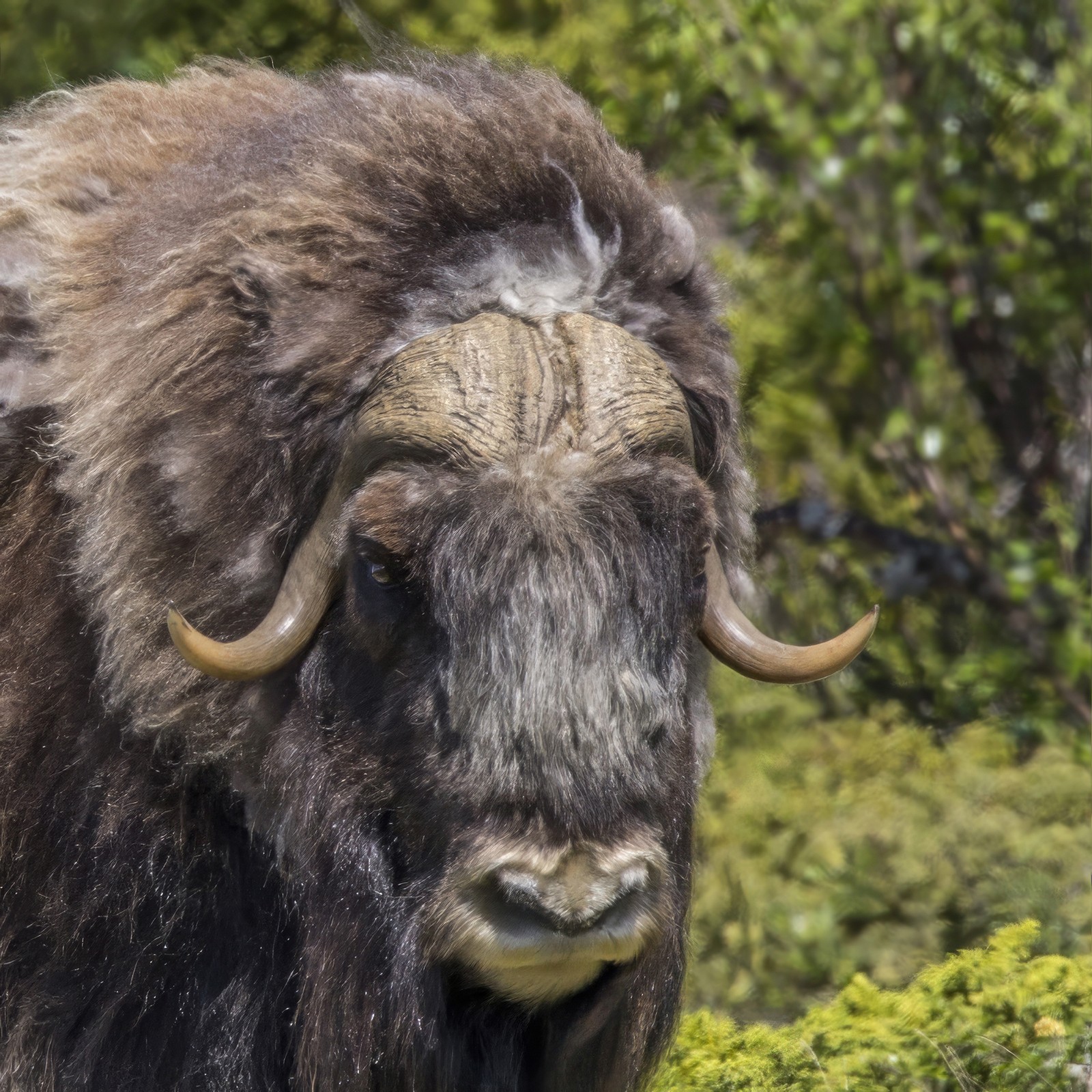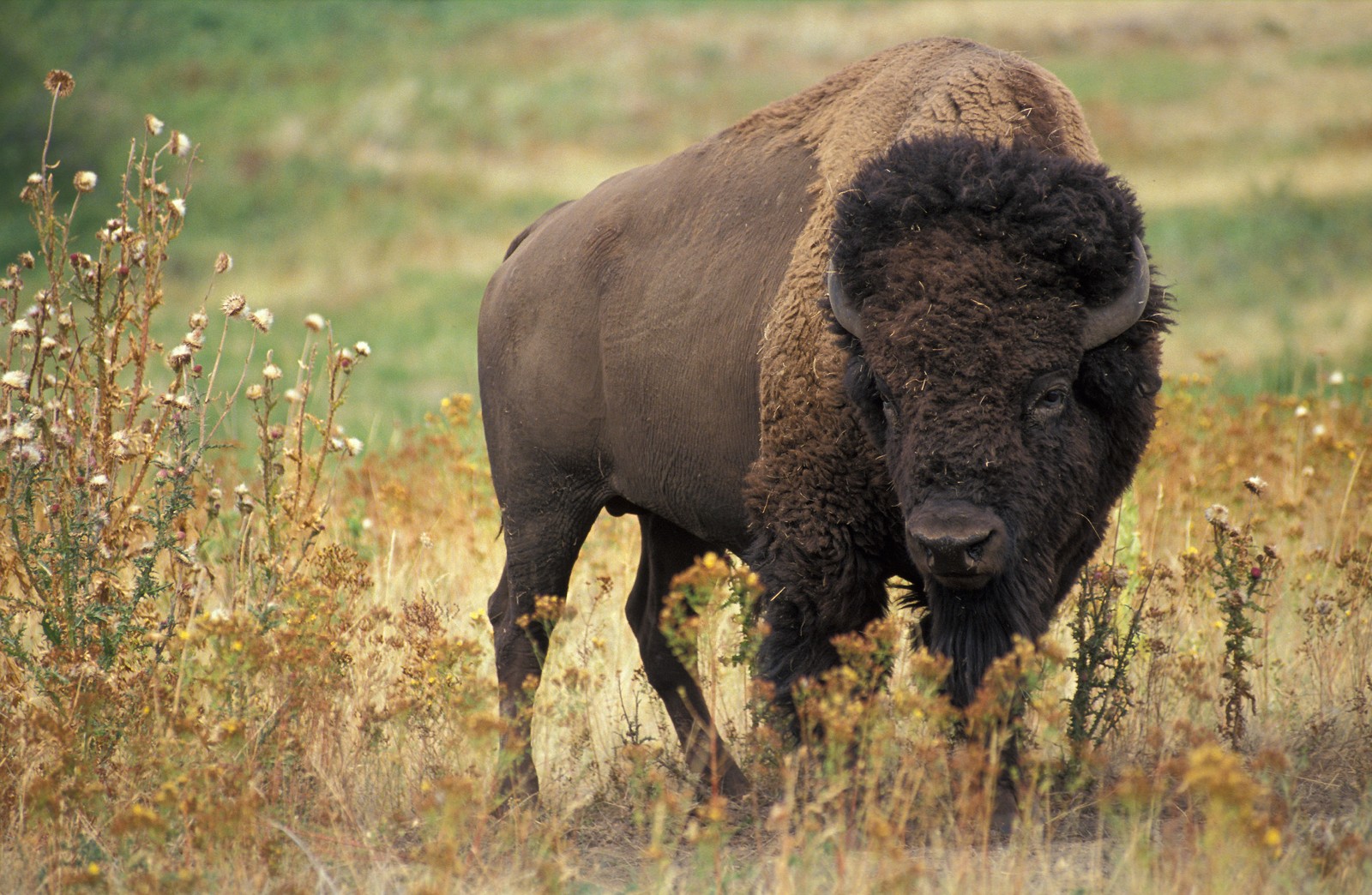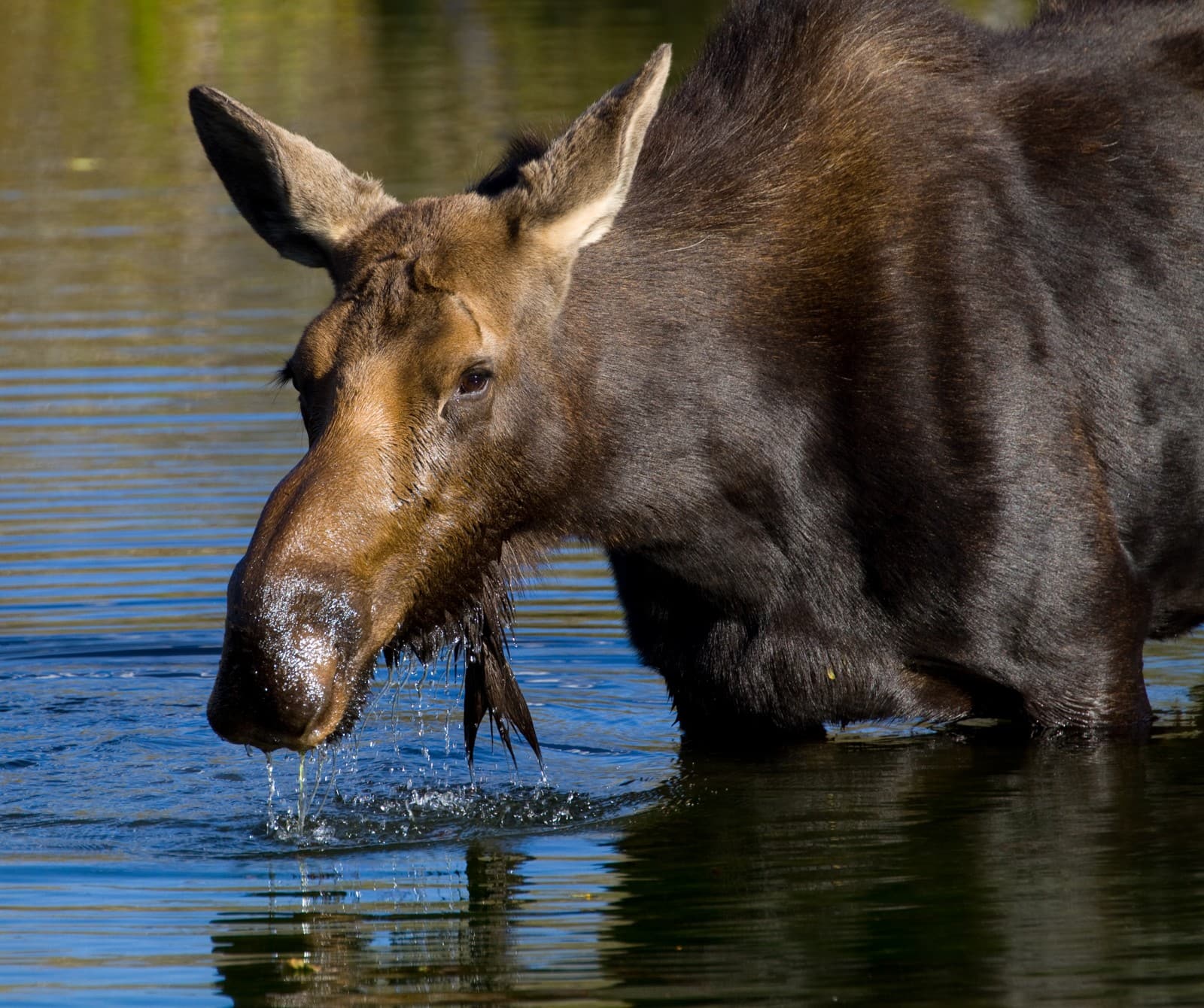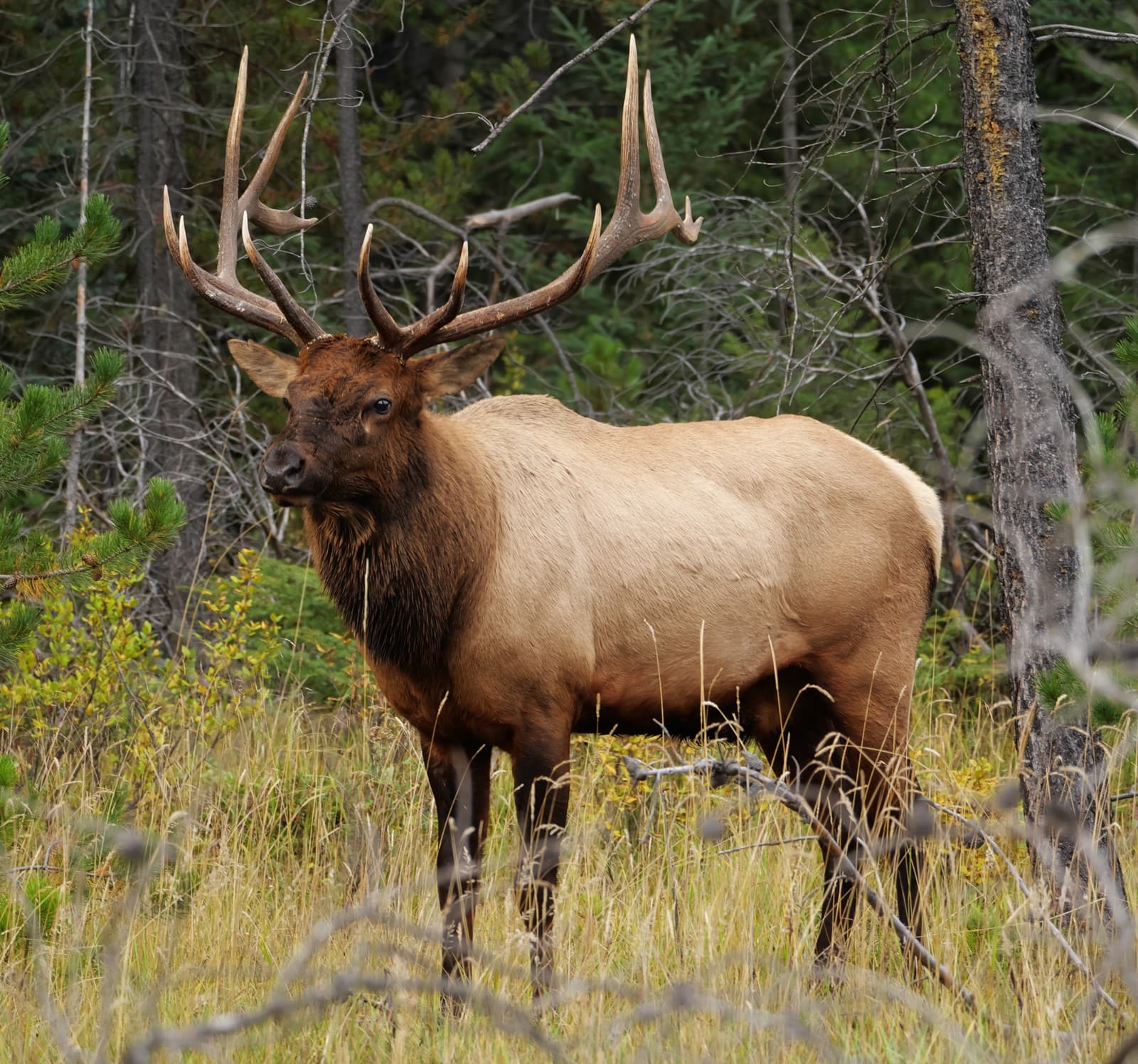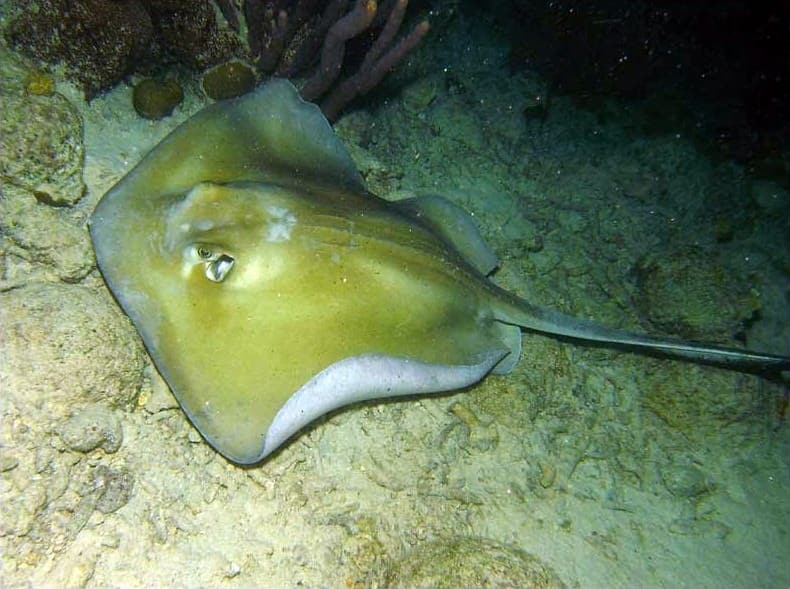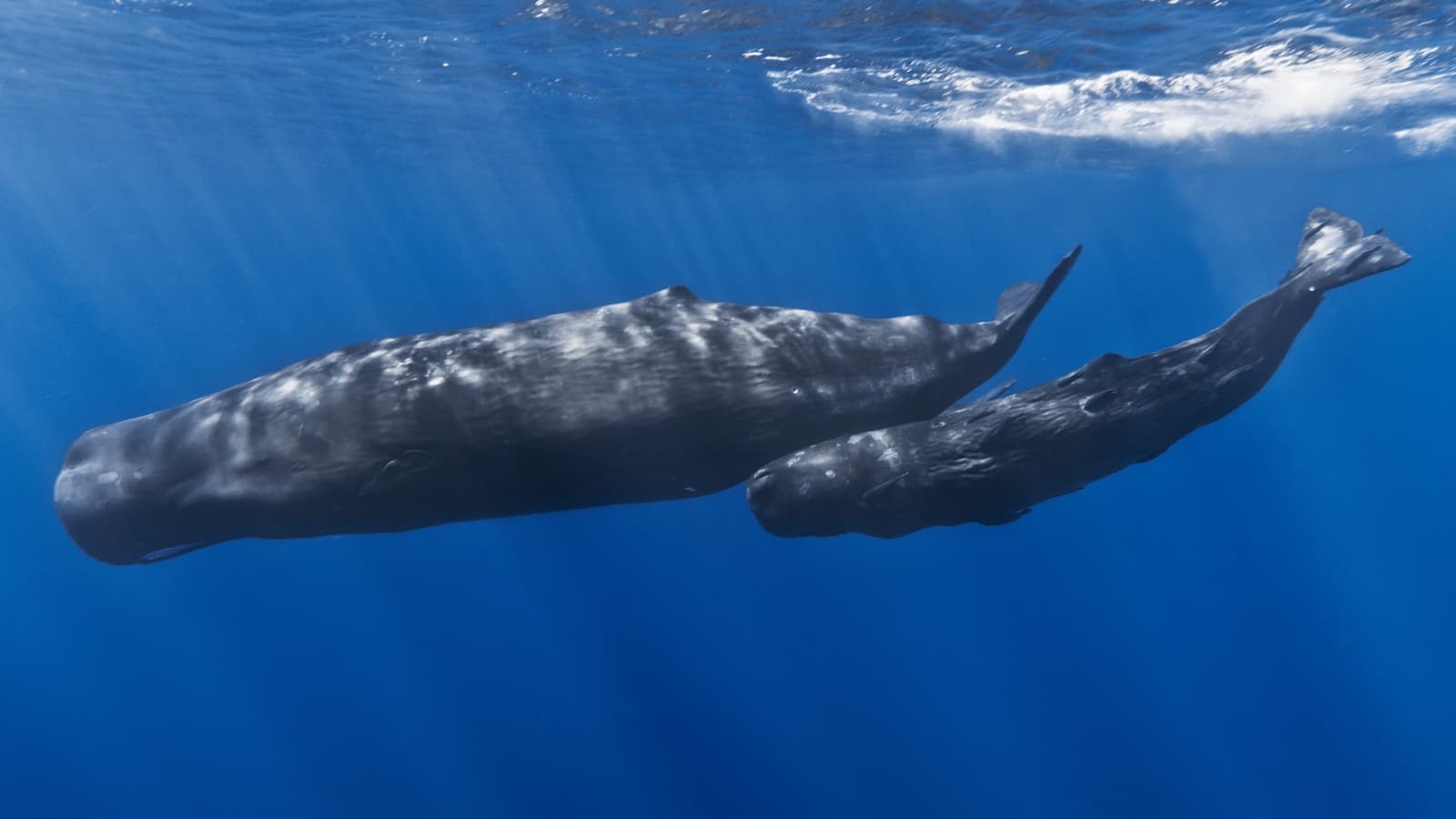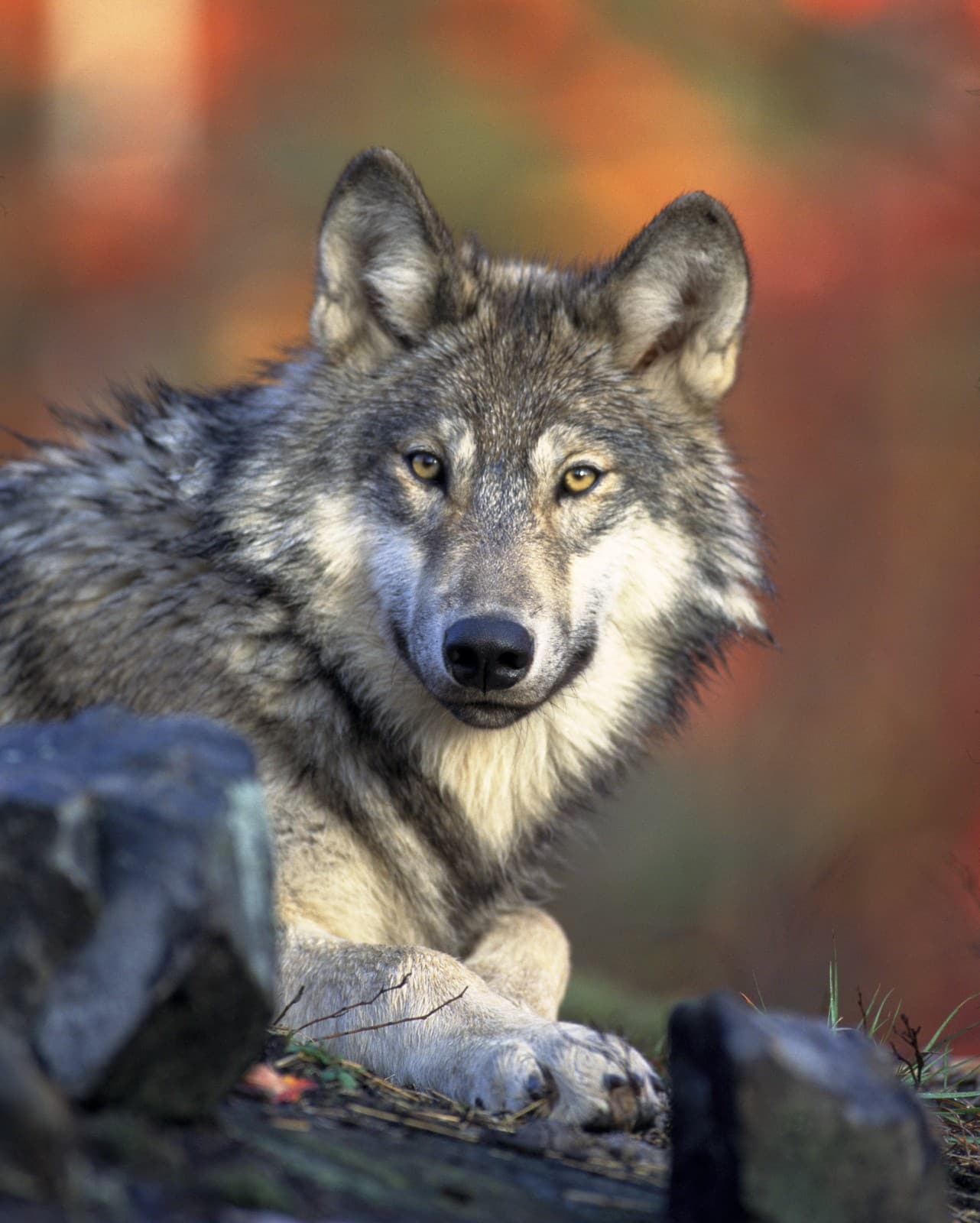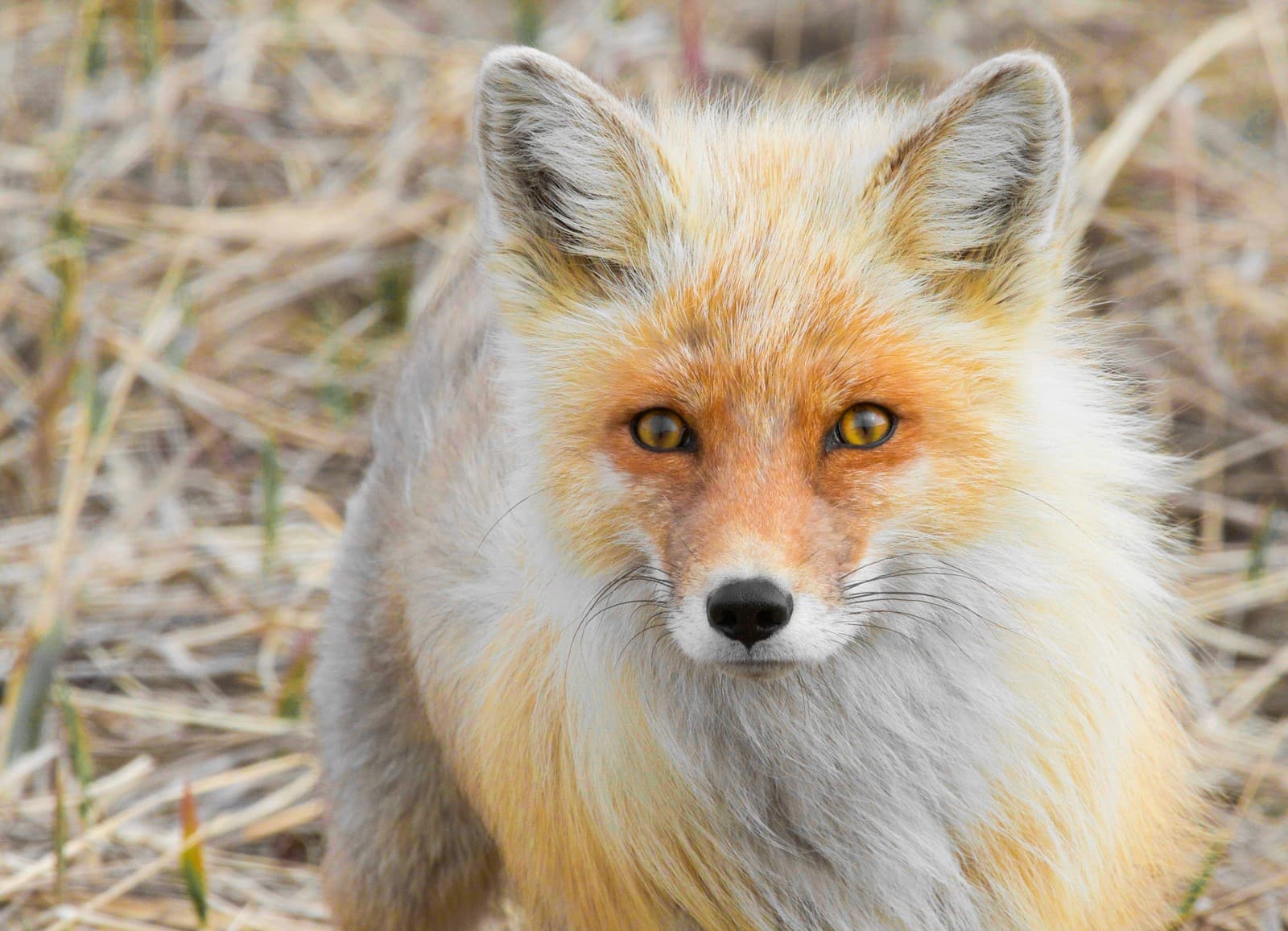Tasmanian Devil vs Hyena: A Complete Comparison
When comparing the Tasmanian Devil vs Hyena, we’re examining two of nature’s most efficient scavengers, though they exist on opposite sides of the globe. The Tasmanian Devil, weighing 18-26 pounds (8-12 kg), is significantly smaller than most hyena species, with spotted hyenas reaching 110-190 pounds (50-86 kg). Despite this size difference, both animals have evolved remarkably similar roles in their respective ecosystems.
These carnivorous mammals share several fascinating characteristics, including powerful jaws, nocturnal hunting habits, and the ability to consume nearly every part of their prey, including bones. However, their evolutionary paths, social structures, and hunting strategies reveal striking contrasts that highlight nature’s diverse approaches to survival.
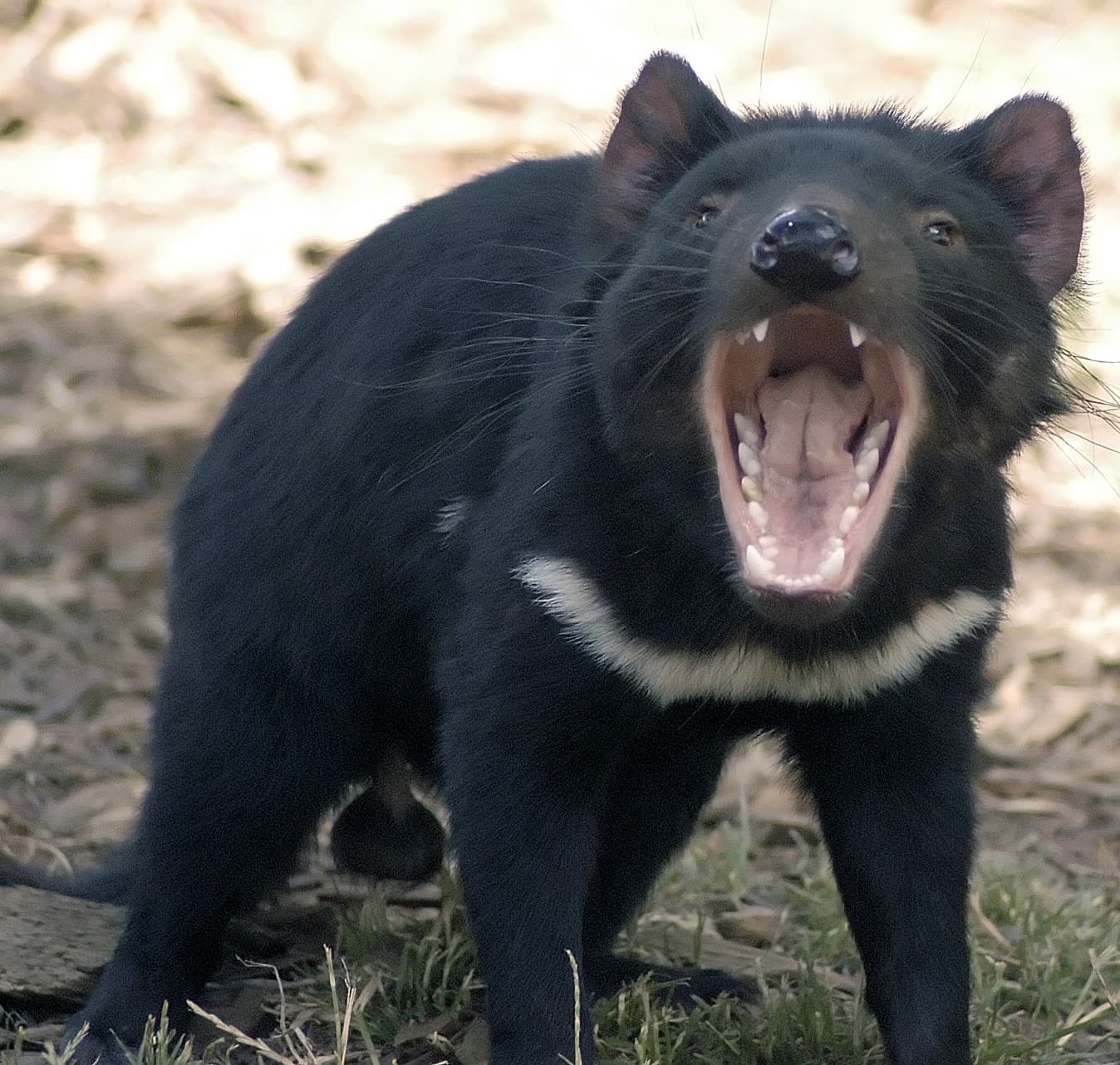
© Wayne McLean ( jgritz) Taken with Nikon D100. / CC BY-SA 2.5
The Tasmanian Devil, Australia’s largest surviving carnivorous marsupial, demonstrates its characteristic aggressive display. Its powerful jaw muscles and robust build enable it to process carrion and crush bones with ease, making it a formidable scavenger in its island ecosystem.
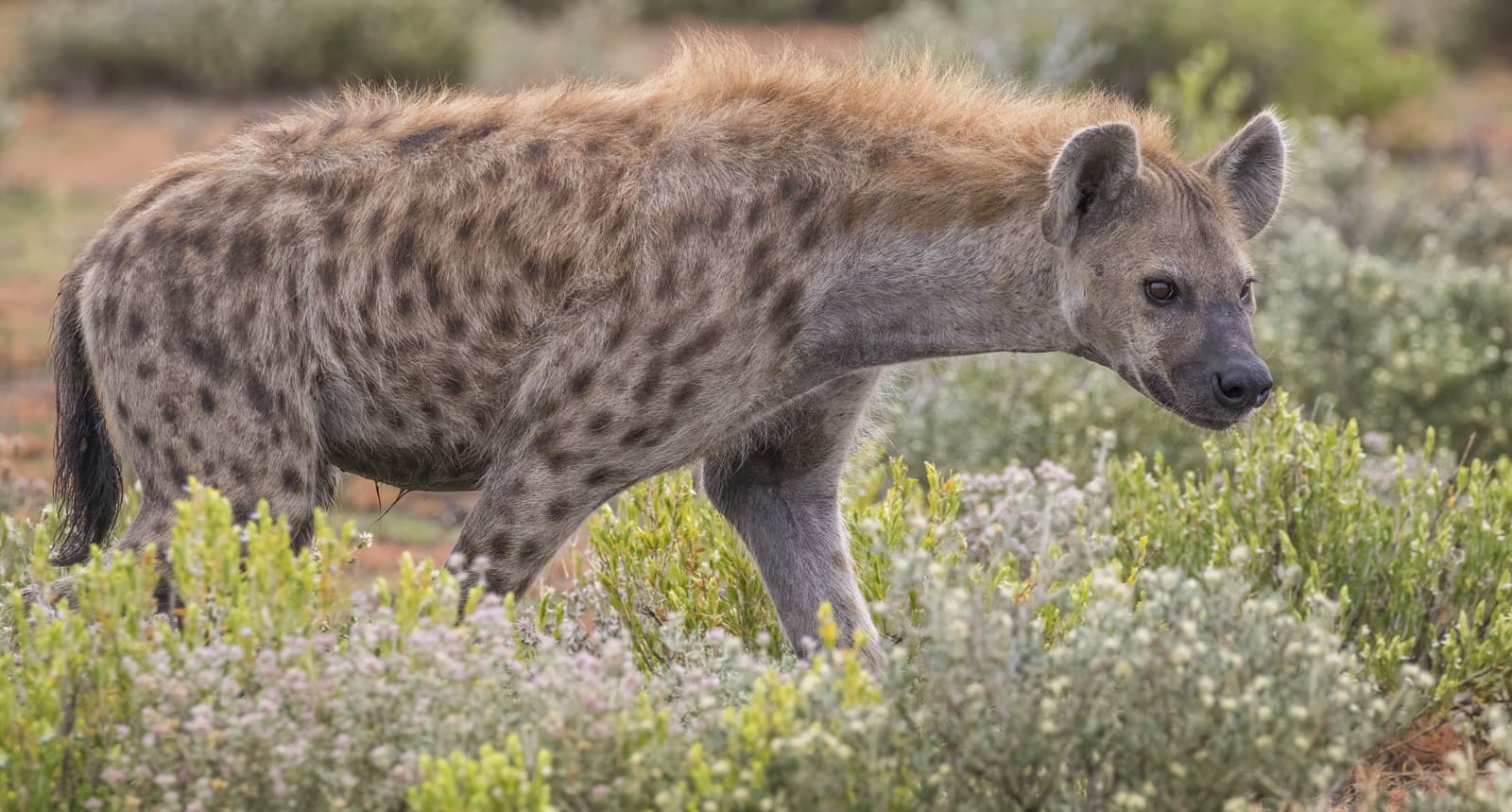
© Charles J. Sharp / CC BY-SA 4.0
A spotted hyena patrols its territory in the African savanna. These powerful predators combine exceptional hunting abilities with unmatched scavenging efficiency, supported by their distinctive sloped back and muscular build that enables them to carry heavy prey items over long distances.
Key Differences: Tasmanian Devil vs Hyena
| Feature | Tasmanian Devil | Hyena |
|---|---|---|
| Size | 20-31 inches (51-79 cm) | 37-59 inches (95-150 cm) |
| Weight | 18-26 pounds (8-12 kg) | 110-190 pounds (50-86 kg) |
| Bite Force | 1,200 PSI | 1,100 PSI |
| Social Structure | Solitary | Complex clan hierarchy |
| Hunting Style | Primarily scavenging | Both hunting and scavenging |
| Geographic Range | Tasmania only | Africa and parts of Asia |
Habitat and Distribution
Tasmanian Devils are endemic to the island of Tasmania, Australia’s southernmost state, where they inhabit various environments from coastal areas to mountains. They prefer woodland areas and dense forest undergrowth, creating dens in hollow logs or abandoned burrows.
Hyenas, particularly spotted hyenas, range across much of sub-Saharan Africa, with some species like the striped hyena extending into parts of Asia. They adapt well to various habitats, from semi-desert to savanna woodlands, and can even thrive near human settlements.
Hunting and Feeding Behavior
Tasmanian Devil Hunting Strategy
- Primarily nocturnal scavengers
- Solitary hunters
- Excellent sense of smell for detecting carrion
- Can consume entire prey, including bones and fur
- Storage behavior: will cache excess food
Hyena Hunting Tactics
- Both active hunters and scavengers
- Hunt in coordinated groups
- Successfully prey on large ungulates
- Can digest all parts of prey except hooves and horns
- Capable of chasing prey over long distances
Social Structure and Communication
The contrast between these species becomes particularly evident in their social organization. Tasmanian Devils are predominantly solitary, coming together mainly during feeding or mating. They communicate through a range of vocalizations, including their infamous screech that earned them their name.
Hyenas, especially spotted hyenas, maintain complex social structures within their clans, which can number up to 80 individuals. They demonstrate sophisticated vocal communication, including their characteristic “laughing” call, and maintain strict hierarchical relationships.
Intelligence and Problem-Solving
Recent studies have revealed surprising cognitive abilities in both species:
- Hyenas show problem-solving skills comparable to primates
- Demonstrate social learning within their clans
- Can coordinate complex hunting strategies
- Tasmanian Devils display adaptive learning in food acquisition
- Show remarkable spatial memory for food locations
- Exhibit tool-use capabilities in captivity
Conservation Status and Threats
Both species face significant challenges in the modern world:
Tasmanian Devil Threats
- Facial tumor disease (DFTD)
- Habitat fragmentation
- Vehicle collisions
- Limited genetic diversity
Hyena Challenges
- Human conflict
- Habitat loss
- Population fragmentation
- Cultural misconceptions
Who Would Win in a Confrontation?
While such encounters would never occur naturally, comparing these species’ physical capabilities reveals that a spotted hyena would likely dominate any theoretical confrontation. Despite the Tasmanian Devil’s impressive bite force, the hyena’s superior size (nearly 8 times heavier), pack hunting ability, and greater combat experience with large prey would give it an insurmountable advantage. However, it’s important to note that both species are perfectly adapted to their respective ecological niches and play vital roles in their natural habitats.
